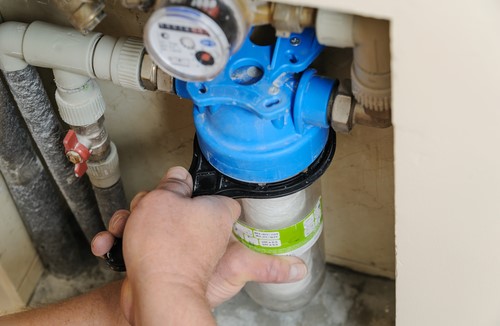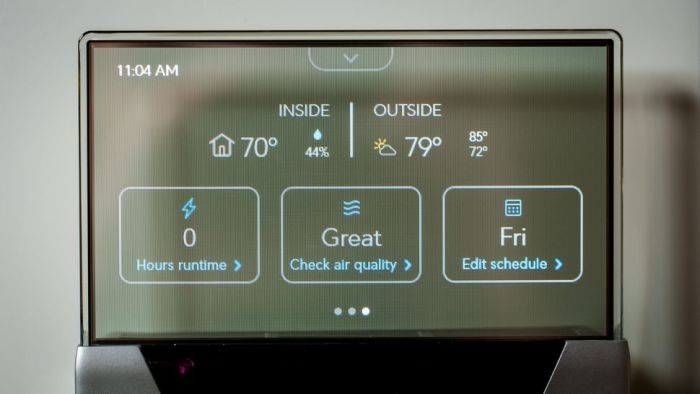Every home and repair shop benefits from an air compressor. However, not every owner knows how to wire a 220V air compressor pressure switch.
Air compressors are used in a variety of ways. This includes inflating toys and tires and powering tools such as drills, sanders, and nail guns.
When you’re wiring a switch for the first time, it may seem like a daunting task. However, with the right guide, the process will be easy.
Start by familiarizing yourself with the different parts of the pressure switch. This way, grasping the step-by-step guide will be easier.
Also, by understanding the switch’s role in the air compressor is to regulate the machine’s pressure, you will be more mindful of the wiring process.
What Equipment is Necessary for the Wiring Process?
Before you wire a 220v air compressor pressure switch, you should make sure you have everything you need for the process. This will allow you to work on the pressure switch seamlessly. The necessary items include:
- Screwdriver
- Wire strippers
- Safety gloves
- Solderless ring terminals
- Pressure switch
Safety Tips to Consider Before Wiring the Pressure Switch
When working on any electrical equipment, it’s vital to stay safe. This includes trying to install a wire pressure switch on an air compressor. By following the tips outlined below, you will be well equipped to safeguard yourself.
- You should constantly check the efficiency of your pressure switch to determine beforehand if repairs should be done.
- Make sure the wires you intend to use have proper insulation.
- Consider wearing protective clothing, such as gloves and respirator masks, before you start the wiring process.
- Ensure your hands and the surface around you is dry and free of water.
- Before connecting terminals and cords, double check the terminal labels and wire colors.
- Main source of power should be shut off before anything is done.
- If you’re replacing a pressure switch, make sure its compatible with your air compressor.
How to Wire a 220V Air Compressor Pressure Switch
Step 1: Turn off the circuit breaker
First, ensure that the air compressor and the circuit breaker are near each other for convenience. You should then inspect the circuit breaker to ensure it’s shut off before starting the wiring process. This will prevent unnecessary accidents.
One of the main functions of the pressure switch is to automatically turn the air compressor ON and OFF. This occurs to ensure correct pressure levels in the tank are maintained.
A plugged-in compressor contains power at the switch. This means removing the pressure switch cover will expose live terminals. Working on the air compressor with these live terminals may lead to electrocution.
Therefore, unplugging the main cords of the compressor and double-checking the circuit breaker to ensure its off becomes necessary.
Step 2: Identify the cords and terminals
Once you remove the switch cover, it exposes four terminals(contacts). These terminals are organized as two sets. Most organizations mark these terminals to avoid confusion. One set is marked as LINE, and the other is marked as MOTOR/LOAD.
The two major wires used while wiring the air compressor pressure switch are the power cord (line cord) and the motor cord. The power cord connects to the wall plug and its pressure switch terminal, while the motor cord connects the pressure switch and the motor circuit.
To differentiate the cords, they are normally colored in white, black, and green. The white and black cords are used on the motor terminals. The green cord act as ground wires. They are attached to a metallic section of the switch.
Provided the green wires are correctly attached to the ground point, it doesn’t matter which green wire goes to which of the two spots. A ground wire is essential during electrical installation because it protects the user from shorts in the system.
Step 3: Attach the cords to their terminals
Some cords have soldering attached to the stripped wires. Therefore, all you have to do is attach the cords to the terminals. However, other motor and power cords are not stripped beforehand.
When this is the case, it is up to you to strip the cords. Using a wire stripper, expose the end portions of the wires. Proceed to attach the soldering and these exposed wires.
Check for the terminal markings, and using a screwdriver, loosen the screws. Once you are done, attach the respective cords to their terminals.
Step 4: Restore circuit breaker
Lastly, place the switch cover back on the pressure switch. You can then turn on the compressor by restoring power to the circuit breaker.
Testing your Pressure Switch Performance
Choosing to test your pressure switch to ensure it’s working can make your life easier. This is because you get to determine underlying problems, if any, in advance. A multi-meter/ohmmeter will come in handy during this process.
You should start by unplugging the compressor. Next, pull the housing from the switch. Remove wires running between the terminal block and the pressure switch. However, leave the motor cords intact.
Remove all the air in the compressor tank. When the pressure in the compressor tank is more than the cut-in pressure, the pressure switch won’t automatically trip.
However, as pressure decreases gradually, it will reach the cut-in pressure of the switch. When this happens, you will see and hear the switch trip.
When the pressure in the compressor tank is lower than the normal cut-in, plug the compressor back in. With the use of an ohmmeter, check if the voltage is flowing to the motor.
If the tank has no pressure, the switch should automatically turn ON, and there should be power flow. If this is not the case, the pressure switch is faulty. This means it’s time to buy and wire a second 220 air compressor pressure switch.
Conclusion
Pressure switches play a major electro-mechanical role in the air compressor. This means they are constantly in use. However, this can cause them to wear out and require replacement.
When your air compressor takes in pressure past the cut-out setting of the pressure switch, it is about time you changed it. Fortunately, you now know how to wire a 220V air compressor pressure switch.






















